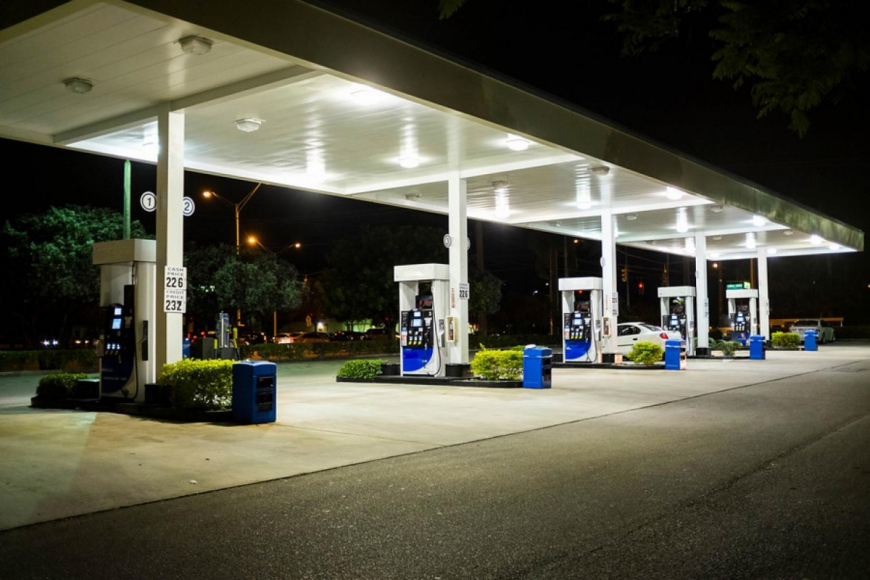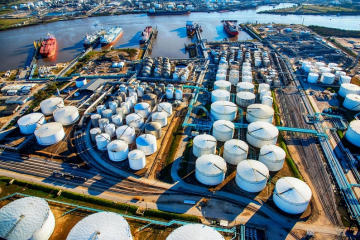Environmental liabilities and risks associated with retail fuel outlet transactions can take various forms but primarily revolve around the following areas:
- Subsurface contamination issues including soil, groundwater, and soil vapor contamination, as well as related third-party risks (e.g., offsite contaminant migration and receptor impacts);
- Regulatory compliance issues such as tank system compliance, fines for violations, permits/business continuity issues, and capital expenditures for upgrades necessary to meet regulatory standards; and
- Business risks, including broader liabilities carried by the business that may not be site-specific (e.g., environmental issues associated with previously owned properties, waste disposal facilities, third-party legal action, management systems effectiveness, etc.)
For most asset transactions, the first 2 items are usually the focus for due diligence evaluations. However, depending on the country-specific legal setting as well as the post-acquisition business plans, certain business risks may also pose a concern.
Let’s take a closer look at what you need to know to protect yourself.
Subsurface Risks: Looking Deeper
Subsurface liabilities include releases of products or chemicals that may result from current operations and equipment such as storage tank systems, hydraulic lifts, car washes, or service bays. They may also include releases from historic operations at the property, and current or former operations adjacent to the facility. These liabilities pose hazards in the form of impacted groundwater, soil, and vapor migration, and can impact potential receptors including building occupants, construction or maintenance workers, and surrounding home or business occupants.
Investigating and mitigating these hazards can present a significant financial burden for the responsible party, and asset buyers may unknowingly assume responsibility if proper due diligence is not exercised. Documented industry standards exist for evaluating the potential for a subsurface environmental condition to exist through non-intrusive means (ASTM E1527-13), and for confirming if a suspected condition exists using intrusive investigation techniques (ASTM E1903-11). Liability mitigation cost forecasts and cash flow scenarios can be developed using probabilistic cost models to aid in the negotiations between buyer and seller, and asset purchase agreement language can clearly define responsibility for future actions.
Compliance Risks: Do Your Homework
Tank system compliance considerations should consider system conditions, maintenance, and record keeping. Regulatory and industry standards dictate acceptable tank system component technology, as well as ongoing testing, maintenance and record keeping requirements. An evaluation of tank system conditions should confirm that system componentry complies with those standards, but should also consider componentry age and projected end of life (determined by regulatory standards, warranty expiration, or performance history) since the replacement of tank systems represents a significant capital expenditure.
It is recommended practice to check with insurers to understand any policy premium and deductible implications resulting from tanks outside of manufacturer warranty periods. A review of testing and maintenance records may indicate if leaks have occurred historically, and are also a good indication of the seller’s management practices and housekeeping. Tank system tightness testing performed in conjunction with the asset transaction can confirm current tank system integrity.
Transitional Considerations
In addition to subsurface and compliance related risk, transitional issues should be identified during the due diligence period so that upon transaction closing, the asset can be operated legally and in accordance with buyer standards. Considerations may include the transfer of permits to operate, update of standard operating procedures, and training of tank system operators.
The Bottom Line
A focus on these 3 areas prior to or in conjunction with the asset transaction closing will help reduce surprises and minimize unexpected costs associated with subsurface impacts and/or tank system upgrades. (Note that stock transactions, or transactions involving additional assets such as bulk storage facilities or transport fleets, may require additional evaluations.) By keeping an eye on these risks and doing your research, you can ensure a smooth transition and a successful transaction.
Want more news and insights like this?
Sign up for our monthly e-newsletter, The New Leaf. Our goal is to keep you updated, educated and even a bit entertained as it relates to all things EHS and sustainability.
Get e-NewsletterHave any questions?
Contact us to discuss your environment, health, safety and sustainability needs today.




